Remaking and undoing horror
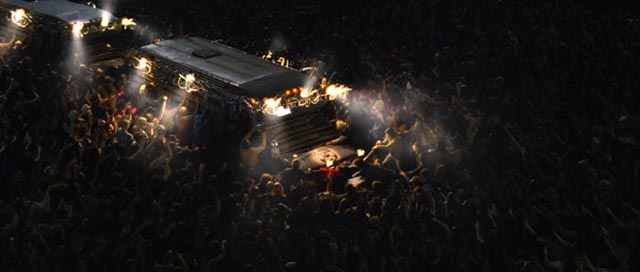
For some reason, I just watched Zack Snyder’s remake of Dawn of the Dead (2004). I’d seen it when it first came out and found it pointless, but since then have discovered an odd, inexplicable appeal in Snyder’s work. He’s a lousy storyteller, with little sense of narrative pacing, but has an undeniable talent for making eye candy. His obvious influences are comic books rather than movies – every frame seems like an elaborate panel; the problem is the viewer doesn’t control the pace at which the eye moves from one panel to the next. It’s like reading over someone’s shoulder and waiting for them to turn the page.
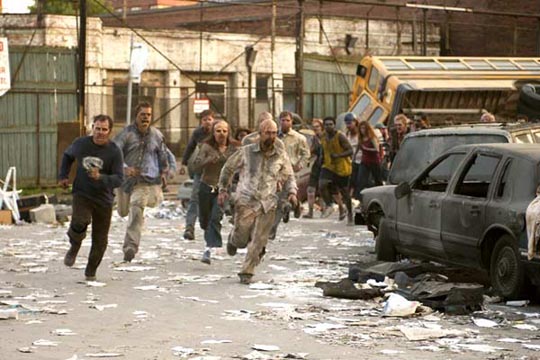
But the adolescent homo-eroticism of 300 (2006) is amusing, while the visuals of his inert adaptation of Watchmen (2009) are often quite breathtaking (and one has to admire the monumentally audacious tastelessness that stages an embarrassingly cheesy softcore sex scene to Leonard Cohen’s Hallellujah) … and then the perversity which permeates Sucker Punch (2011), toying with almost-underage sexuality and teen existential angst, achieves a kind of intense kids’ romanticism that comes close to pop poetry.

Dawn of the Dead, though, lacks any of these qualities. It’s a flat, generally unimaginative remake of George Romero’s zombie epic (1978) which misses Romero’s humour, the intensity of his violence, the deep sense of fear evoked by confronting the sheer awfulness of grim mortality. The script by James Gunn (Super, 2010; Slither, 2006) has none of Romero’s dramatic structure, the careful establishing of a world in crisis, the gathering of the characters, and their almost joyful retreat into the safe haven of the Mall. Gunn’s script quickly grabs everyone and shoves them into the mall in the first few minutes, killing the sense of irony about their chosen sanctuary and undermining the parallel between their choice and the attraction the place has for the dead.
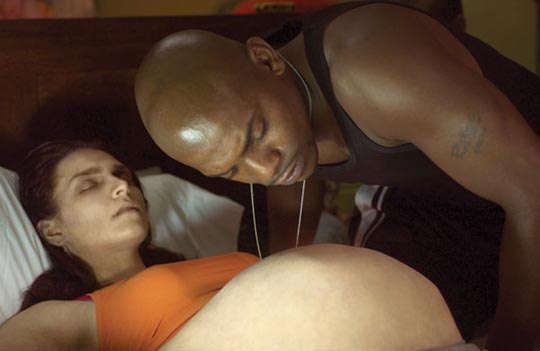
Snyder’s movie takes no time to explore the environment or the characters’ responses to it; where in Romero’s film the audience gets the vicarious thrill of contemplating the consumer fantasy of achieving complete possession of the commercial temple, in the remake the characters could just as easily have sought shelter in an office building or a warehouse. There is no resonance.
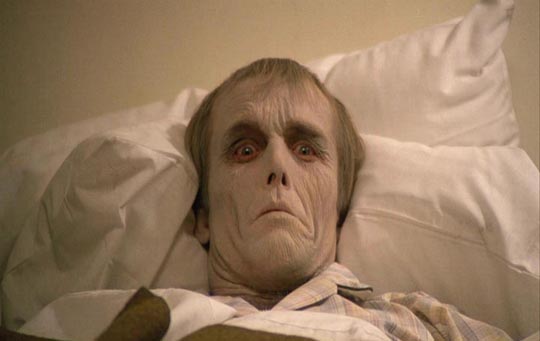
On one level, Snyder has a better class of actor than Romero, though the cast of the original is competent, and in some cases, much more than that. But the remake lacks the clear-cut character relationships, the dramatically effective dynamics which drive the action of the original. We never get to know most of the mall’s inhabitants, nor particularly care what happens to them, which ones will live and which ones will die. The only interesting original element introduced is the zombie-bitten pregnant Luda, who gives birth after dying; but the dramatic possibilities offered by this and her boyfriend Andre’s attempts to hold on to some sense of family are squandered in a quick, bloody shoot-out.
So why did Snyder remake Dawn of the Dead? Not only does the new version not repeat the successful elements of the original – it actually offers far less in terms of narrative, character, theme.
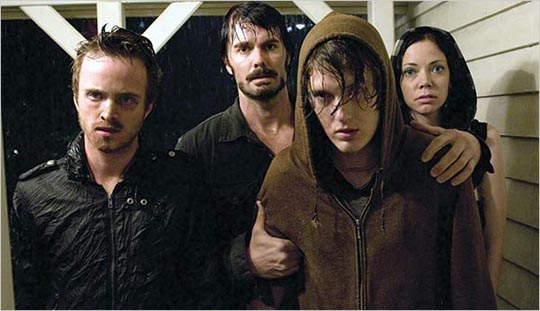
Obviously, the main reason for doing a new version – a new version of anything, like The Last House on the Left, A Nightmare on Elm Street, The Crazies, I Spit on Your Grave, Piranha, The Hills Have Eyes, Halloween, etc, etc, etc – is the idea that the title somehow resides in the general cultural consciousness, while a new audience probably hasn’t seen the original “old” movie. They’ll have some vague idea that these were dangerous, transgressive things but for the most part only people old enough to remember seeing them back when they were new will know the impact they originally had. So a producer today can take the title and throw together something that contains some vague echo of the original and a new audience will think they’re getting the experience they may have heard about. But then again a new audience may not even know there was an original. The point is, only someone old enough to remember and appreciate the original is likely to be irritated or offended by what gets done in a remake and we hardly matter in the grand commercial scheme.
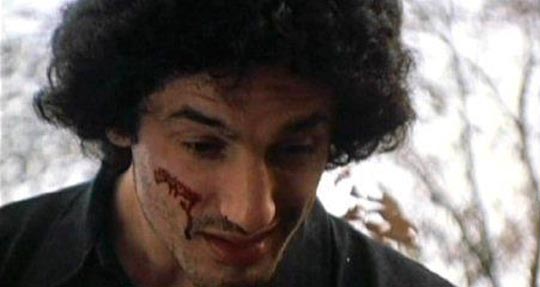
What I find interesting in some of these remakes (as in American remakes of some foreign films) are the kinds of changes that get made in the process. In The Last House on the Left, for instance (original, Wes Craven, 1972; remake, Dennis Iliadis, 2009), there’s a major plot change: in the original, we witness the brutal killing of Mari and her friend Phyllis and then the brutal revenge of Mari’s parents when they realize the people who’ve sought shelter in their house have killed their daughter. But in the remake, Mari, while brutalized and wounded, survives. This appears to be an attempt to avoid giving the audience too much of a downer, but it has the paradoxical effect of making the parents’ slaughter of Krug and his gang disproportionate. Instead of responding to an irredeemable loss with violence rooted in grief and anger, we have a respectable middle class couple going psycho, the tonal miscalculation climaxing with a final gore “gag” which makes the father seem more deranged than the purported villain. So instead of Craven’s raw and nasty depiction of the violence of the world intruding on and shattering the safe haven of the family home, we have … what? A pointless wallowing in gratuitous gore which tells us nothing and expects us to cheer when the respectable father sticks a man’s head in a microwave and turns on the power.
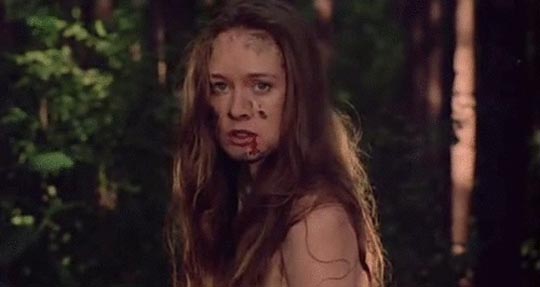
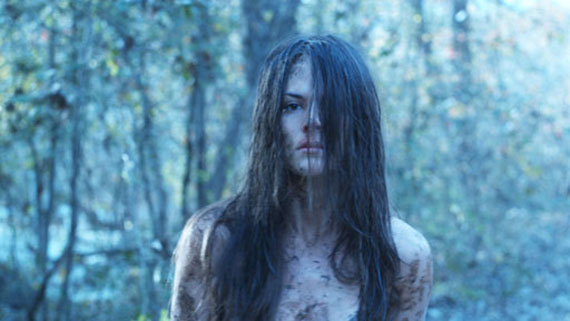
And what to make of Stephen R. Monroe’s 2010 remake of Meir Zarchi’s problematic I Spit On Your Grave (1978)? In the original, we see a woman brutalized and raped by a bunch of country yahoos; although they leave her for dead, she survives, and by force of will recovers and sets out to get her revenge. The film is more interesting than its generally reviled reputation implies; everything – the initial assault and the subsequent revenge – is rooted in an uncomfortable depiction of male sexual attitudes and the ways in which the woman is first victimized by them and then uses them to destroy her attackers. One of the things which makes the film so uncomfortable for viewers is its strict adherence to the woman’s point of view, seeing these men and their actions through her eyes, rather than objectifying her through theirs. In the remake, though, for some reason, after she’s left for dead, the woman disappears from the film for about half an hour and we spend that time entirely with her attackers as they worry and fret and argue with each other about how to maintain silence and cover up their crime. When she does finally reappear, it’s more as an avenging demon than a woman who has salvaged a sense of herself – in other words, the film manages to turn her into an object, a plot device, with the paradoxical effect of making the movie far less disturbing and sidestepping the underlying nature of the men’s behaviour and belief system.
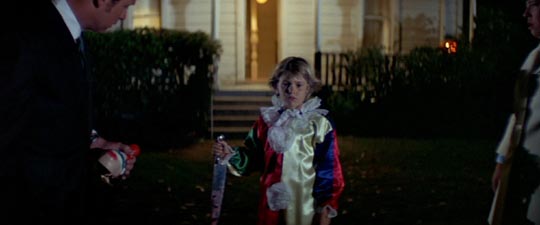
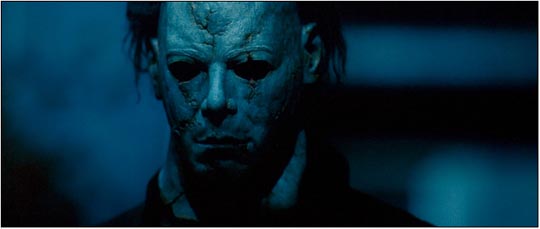
In Rob Zombie’s remake of Halloween (2007), of course, he makes the mistake of giving Michael Myers a backstory. In John Carpenter’s original (1978), for better or worse, Michael is the boogeyman, an inexplicably evil, ultimately supernatural force who enters the world for no other purpose than to terrorize. In Zombie’s version, Michael is the product of a vile, white trash upbringing, a sensitive child brutalized and abused by his parents. By the time he finally escapes the asylum and heads for Haddonfield, we’ve been put in the odd position of being asked to sympathize with him. No matter what he does, he can never attain an air of mythic evil and, whatever else you might want from a horror film, a pathetic monster isn’t likely to be top of the list (unless you’re going for something more poetic and nuanced, like James Whale in Frankenstein [1931] or Cooper and Schoedsack in King Kong [1933], but then in those films the real monsters are human – the deranged scientist Henry Frankenstein and the monstrously egotistical producer Carl Denham).
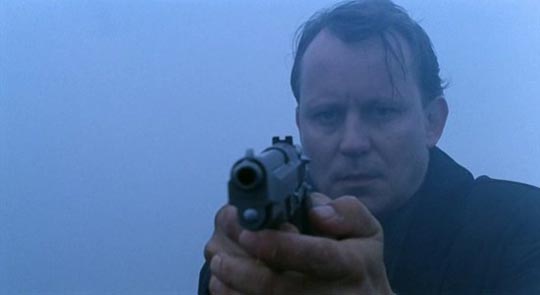
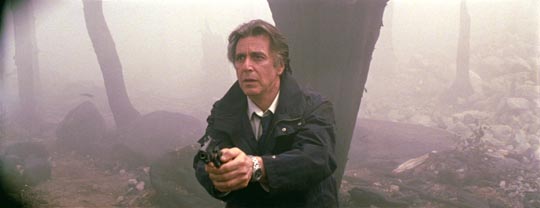
This urge to explain, and make more sympathetic, a character often shows up in US remakes of foreign films. Think of Christopher Nolan’s version of Insomnia (2002), which tries to alleviate the increasing derangement of detective Will Dormer (Jonas Engstrom in Erik Skjoldbjaerg’s 1997 original) as he begins to manipulate, and even create, evidence in the case he’s investigating. Having inadvertently killed another policeman and needing a piece of ballistics evidence to help cover up his own actions, in the Norwegian original he shoots a dog in an alley and pries the bullet out of the fresh body. In Nolan’s version, the detective finds an already dead dog and shoots the rotting corpse, as if somehow this will be less offensive for the audience. But it also has the effect of watering down the increasing madness of the character, as if trying to rationalize his falsification of evidence and keep us on his side.
These kinds of calculations on the part of filmmakers seem to indicate a lack of trust in the maturity of the audience, just as many of the changes that turn up in remakes of older horror movies suggest that viewers might want to be shocked and disgusted, but they surely don’t want to be disturbed. As graphic and extreme as the images in today’s horror movies might be, they tend to lack the psychological and emotional realism that characterized the best films in the genre a generation or so ago. Today’s movies may be slicker, with bigger budgets and better actors, but without that realism they have no lasting impact. Shock and disgust are momentary effects; but the real power of horror lies in its ability to disturb one’s sense of order, to undermine complacency, to make you see the world as a little less secure than you might want it to be. That sense of insecurity is what marks the best of ’60s and ’70s horror; it’s what’s missing from most of what gets made today.
Comments
Longing for Polanski’s ‘Repulsion’.